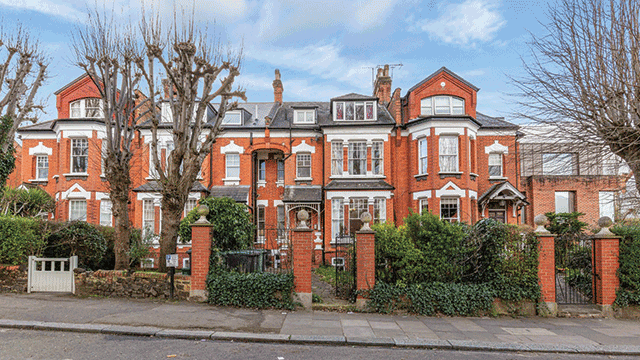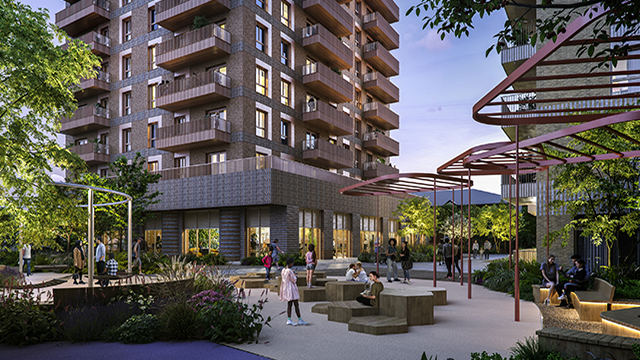Private senior living housing supply to surge by 30%
Supply in the private senior living sector is estimated to grow by 30% in the next five years, with the value of the market expected to soar to £3.4bn.
An additional 50,000 private sales and rental units are expected to be added to existing supply by 2024, according to Knight Frank.
However, the supply increase will not be spread evenly across the country. Knight Frank predicted that it will largely be concentrated in the South East, South West, Midlands and East of England.
Supply in the private senior living sector is estimated to grow by 30% in the next five years, with the value of the market expected to soar to £3.4bn.
An additional 50,000 private sales and rental units are expected to be added to existing supply by 2024, according to Knight Frank.
However, the supply increase will not be spread evenly across the country. Knight Frank predicted that it will largely be concentrated in the South East, South West, Midlands and East of England.
In London, the number of available private units priced at more than £1,000 per sq ft will likely rise from 300 to 2,000 by the end 2023.
On the rental side, there are more than 4,000 existing senior living private rental units currently in the UK, with 93% incorporated within wider for-sale schemes, while the remaining 7% is being delivered by purpose-built rental accommodation.
Meanwhile the value of the private rental market is predicted to increase to £3.4bn by 2023 from £1.3bn this year, in line with the growing trend for diversification into alternatives among private equity and institutional players.
Tom Scaife, head of senior living at Knight Frank, said: “The rental market for senior living is very likely to increase in line with the changing tenure trends across the UK’s wider housing market.
“As well as increased interest in purpose-built rental, for-sale operators are also increasing their allocation of private rented units pepper potted in their schemes.”
Phil Bayliss, chief executive of later living at Legal & General, said: “With clear social benefits – such as a 50% reduction in GP visits and 40% decrease in NHS spend – the senior living sector has the ability to transform the way that we age.
“Whilst all good news, as a country we still need to do more. Where we live drives material health outcomes and can significantly improve the way we age. Clear long-term policy from [the] government, which can level the playing field between retirement operators and traditional housebuilders, will be vital to continuing to attract investment.”
To send feedback, e-mail pui-guan.man@egi.co.uk or tweet @PuiGuanM or @estatesgazette










